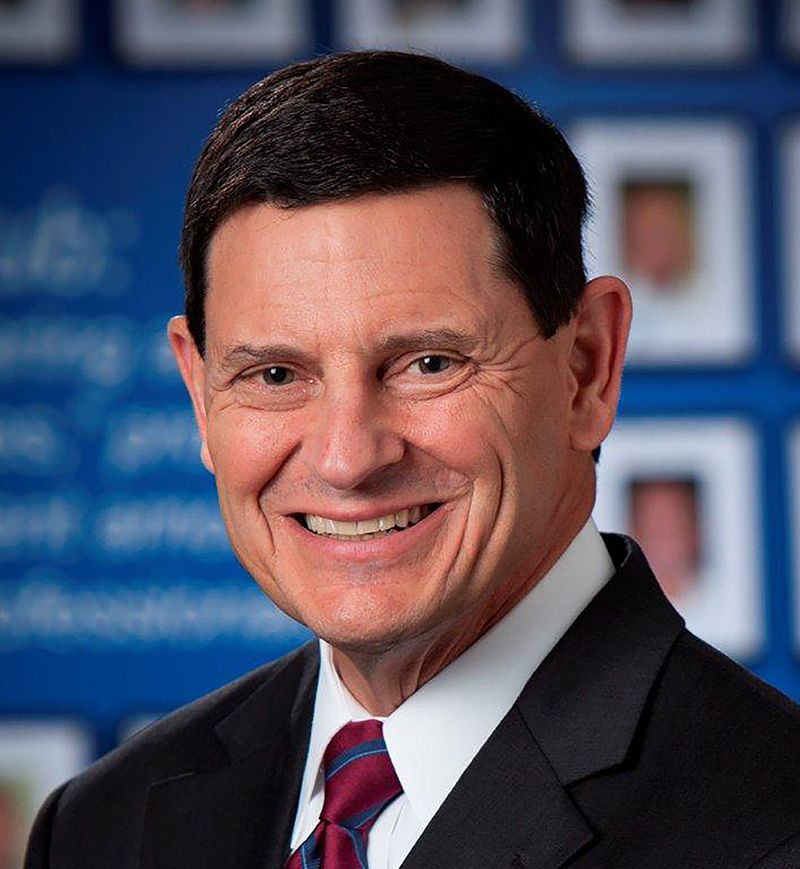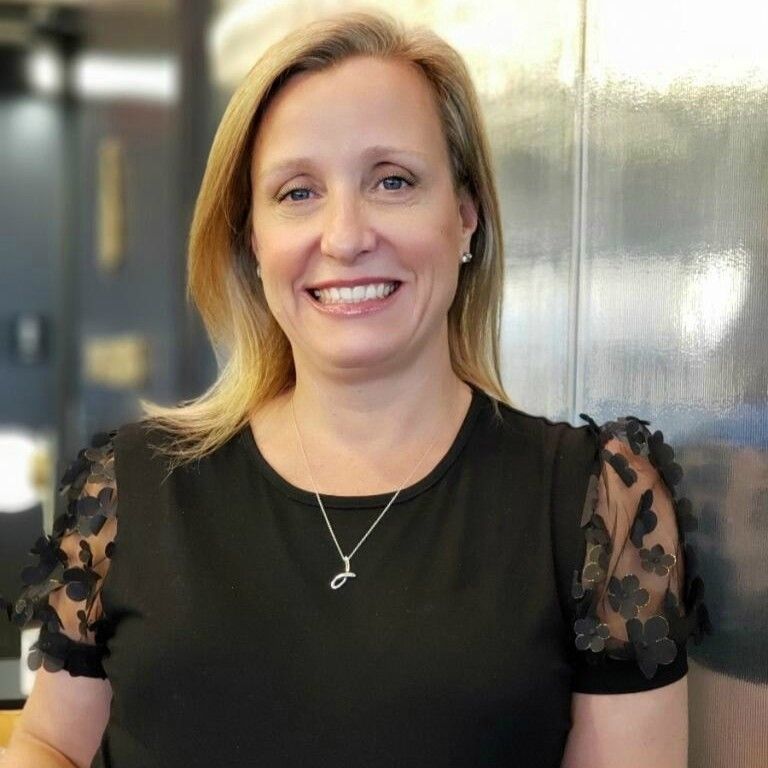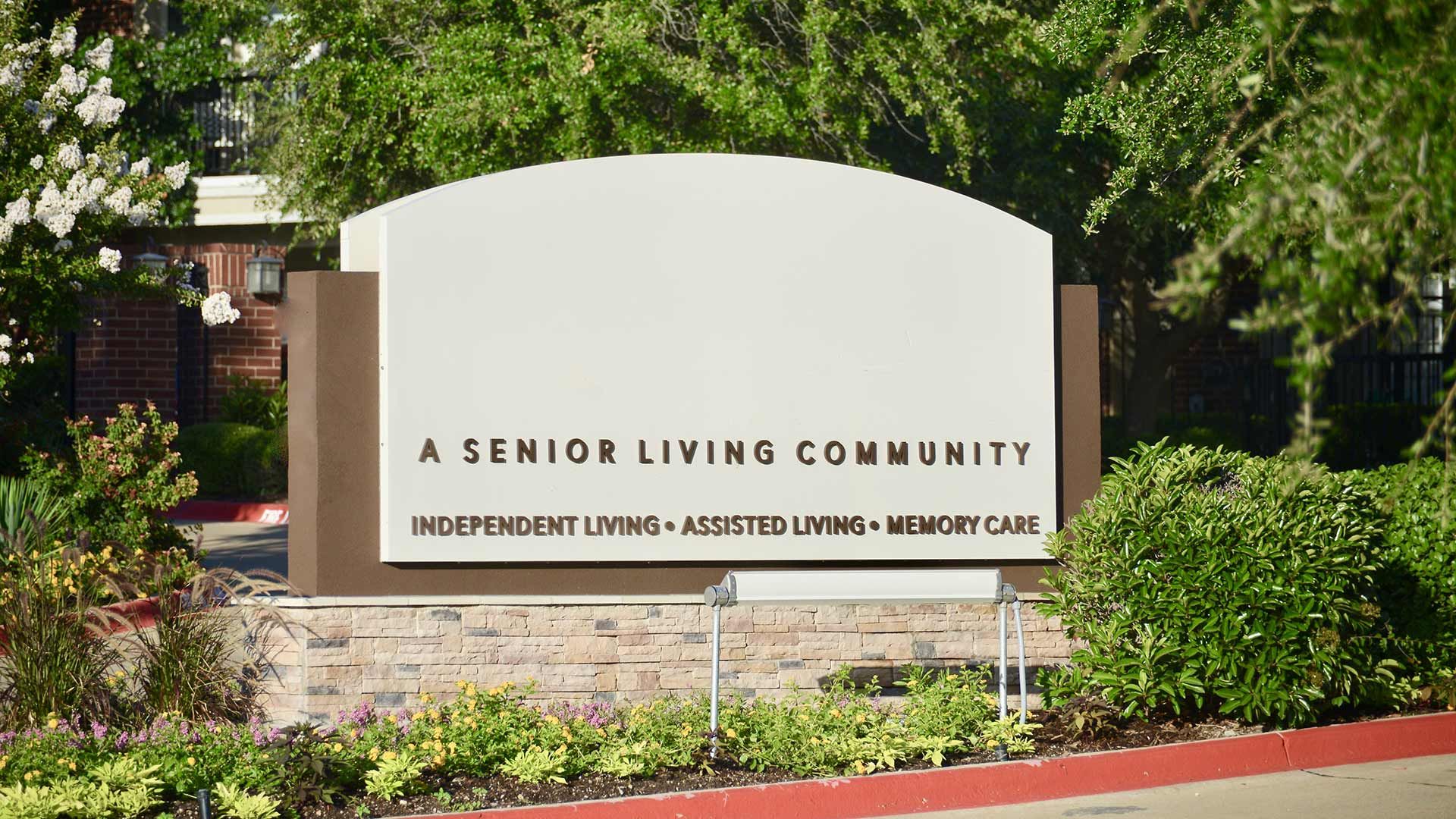By Ian Adair
What originally, was thought in the beginning as a temporary separation from office life became a radical transition in our work culture today. After all of the government-imposed lockdowns, curfews, social distancing and quarantines—work became more remote, isolating and, some would say, socially disconnected. The aftermath of this dramatic shift has moved mental health from being an occasional, trending topic in our news cycle to a new level of importance for business leaders to address.
The landscape of our workforce has drastically changed and this has not happened without consequences to the workers themselves. Social distancing, and remote work, have separated us from our colleagues, customers and teams—that separation has caused a great deal of emotional disconnectedness and loneliness. Because of this, it has never been more important for companies to develop, and implement, employee mental health and wellness programs.
Over the last couple of years, the conversation around mental health has become more open, and public, but where the discussion is still falling short concerns the stigma faced by working professionals at all levels. It’s great that companies are promoting mental health awareness days, and listing available resources, but we still have a long way to go before the workplace becomes a comfortable environment to disclose a mental illness without the fear of judgment or consequences.
For everyday people, when we disclose a mental illness, we fear losing the three things that matter the most in our lives: family, friends and our jobs. Disclosing a mental illness shouldn’t mean giving anything up, or losing those who should be supporting you, but for many that fear is real.
Leaders need to show support, openly, for change to take place. When leaders are vulnerable and share their experiences, or the experiences of those closest to them, it helps create transparency, and acceptance, in the workplace. Sharing stories makes it easier for employees to ask for help when they need it. These stories can help take the fear out of their own disclosure.
Normalizing conversations about mental health is still one of the best ways to reduce stigma within the workplace. The goal for leaders should be to promote the acceptance, and inclusion, of those dealing with mental health issues by improving support systems, spreading awareness whenever possible and, most important, creating safe environments for discussion, and education, to take place.
It’s critical that companies recognize that mental health is just as important as physical health. Those who invest in and prioritize mental health, wellness and self-care can create a healthier work culture for their employees.
Promoting mental health and wellness can have a positive impact on employee retention and the recruitment of top talent. These investments can also show a significant improvement in employee engagement, morale and job satisfaction. Nevertheless, where so many companies fall short is how to act and when to start. Both the research and employees are saying, the time is now.
To cultivate a culture of empathy, psychological safety and wellness requires consistency and effort. Company leaders, we have the power to support our employees with dignity and empathy. Leadership today is about taking care of the people responsible for the work, not just the work itself. Now, more than ever, it’s essential to instill the importance of nurturing an environment of openness at work, in regard to mental health, to better support our employees.
May is Mental Health Awareness Month. Please take this time to share resources and inspirational stories of “lived experience” and recovery—you never know who it will help. ♦
Ian Adair is a nonprofit industry influencer, TEDx speaker and recognized expert in leadership, fundraising and nonprofit management. He is the author of: Stronger Than Stigma, A Call To Action: Stories of Grief, Loss and Inspiration. He is the executive director of the Gracepoint Foundation, the philanthropic arm of Gracepoint, which affects the lives of more than 30,000 individuals in our community each year, seeking mental health, medical and addiction services. To learn more, visit gracepointfoundation.org.











